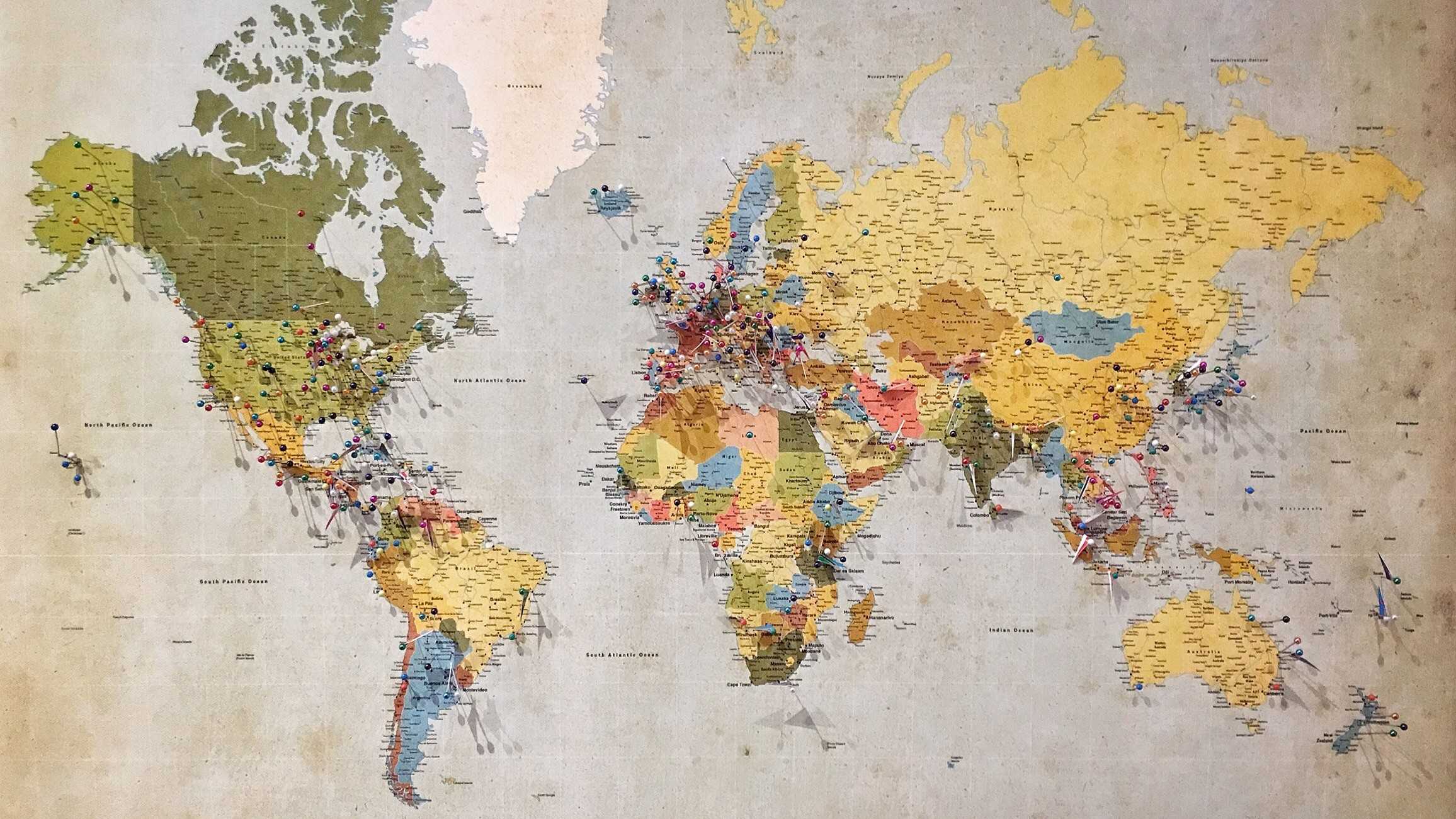We’re welcoming Tim Barnett, STR’s newest speaker, to the blog today. To learn more about Tim, see his speaker page.
Skeptics are notorious for boldly asserting that you cannot trust the New Testament documents. They will point to apparent contradictions or miracles to bolster their claim. I’ve even heard a well-educated person state that the Gospels were just “made up” by their authors, like a modern-day fictional author. The question is, do we have any good reasons to believe that the Gospels are simply mythology? Or, are there good reasons to believe that they communicate actual events in history?
As you begin reading through the Gospel of Luke, it becomes obvious exactly what kind of literature this is. Just consider Luke 3:1–2. In these two verses it says:
In the fifteenth year of the reign of Tiberius Caesar—when Pontius Pilate was governor of Judea, Herod tetrarch of Galilee, his brother Philip tetrarch of Iturea and Traconitis, and Lysanias tetrarch of Abilene—during the high-priesthood of Annas and Caiaphas, the word of God came to John son of Zechariah in the wilderness.
You might be thinking, what is so special about these verses? Well, within these two verses, there are twenty-two historical references that have been verified by archeology and ancient literary sources outside the Bible. Twenty-two historical confirmations in only two verses! (I have bolded the persons, places, and positions that have been verified).
Do you think the biblical authors were trying to convey real events that took place in history? Absolutely! This is just one of the many reasons that you can trust the Bible.

